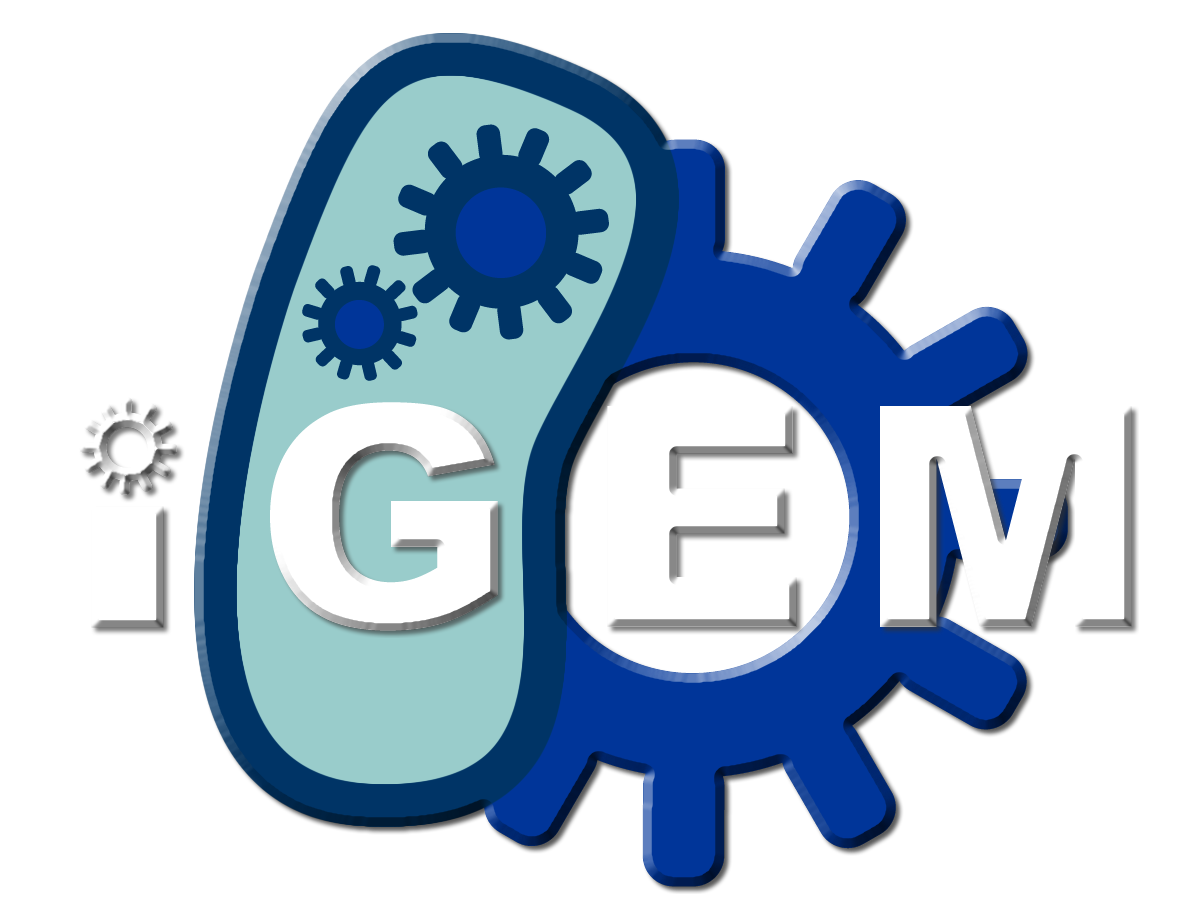Team:NC School of Sci Math/Biosafety
From 2013hs.igem.org
Jack Allen (Talk | contribs) |
|||
| (19 intermediate revisions not shown) | |||
| Line 1: | Line 1: | ||
| + | <html><head><style type="text/css"> | ||
| + | #maincontent ul, #maincontent li | ||
| + | { list-style-type:square; | ||
| + | list-style-image:url('https://2013hs.igem.org/wiki/skins/igem/bullet.gif'); } | ||
| + | #maincontent ul | ||
| + | { margin:10px 20px; } | ||
| + | #maincontent h2 | ||
| + | { margin-top: 1em; | ||
| + | margin-bottom: 0.95em; | ||
| + | font-size: 110%; | ||
| + | padding-bottom: 4px; } | ||
| + | </style></head></html> | ||
{{NCSSM_iGEM_13| | {{NCSSM_iGEM_13| | ||
Content= | Content= | ||
__NOTOC__ | __NOTOC__ | ||
| - | = | + | <div style="margin-top:-6px;"><h2>Lab Safety</h2></div> |
| - | + | * Completed Lab Orientation and Safety course and examination at the University of North Carolina at Chapel Hill | |
| - | + | * Researchers were supervised at all times during bench-top lab work | |
| + | * Standard PPE (Personal Protective Equipment) including gloves, aprons, and goggles were worn at all times in lab | ||
| + | * Lab Safety Manual was available at all times in lab | ||
| + | * All research was conducted at a BSL-2 lab at the North Carolina School of Science and Mathematics | ||
| + | ==Biosafety== | ||
| + | While the E. coli we created are genetically modified organisms, they do not pose a great threat to the environment, local or otherwise. The primary application for these bacteria is in closed, monitored systems, such as septic tanks, specific, isolated parts of water treatment plants, or in industry. In all of these settings, it is highly unlikely that the bacteria could ever escape a closed system. However, in the event that the bacteria were somehow removed from this setting, it is unlikely they could cause any harm. The bacteria are based on E. coli that are weakened to prevent survival in humans or outside of a lab setting, as is common practice with genetically engineered E. coli. Because the only differences between these E. coli and benign E. coli bacteria are the fluorescent proteins, and they are weakened to prevent any potential colonization of humans or mammals, the traditional risk of a genetically modified organism is greatly diminished. | ||
}} | }} | ||
Latest revision as of 18:02, 21 June 2013
Home Team Project Details Lab Notebook Results Human Impact Biosafety Acknowledgments Official Team Profile
Lab Safety
- Completed Lab Orientation and Safety course and examination at the University of North Carolina at Chapel Hill
- Researchers were supervised at all times during bench-top lab work
- Standard PPE (Personal Protective Equipment) including gloves, aprons, and goggles were worn at all times in lab
- Lab Safety Manual was available at all times in lab
- All research was conducted at a BSL-2 lab at the North Carolina School of Science and Mathematics
Biosafety
While the E. coli we created are genetically modified organisms, they do not pose a great threat to the environment, local or otherwise. The primary application for these bacteria is in closed, monitored systems, such as septic tanks, specific, isolated parts of water treatment plants, or in industry. In all of these settings, it is highly unlikely that the bacteria could ever escape a closed system. However, in the event that the bacteria were somehow removed from this setting, it is unlikely they could cause any harm. The bacteria are based on E. coli that are weakened to prevent survival in humans or outside of a lab setting, as is common practice with genetically engineered E. coli. Because the only differences between these E. coli and benign E. coli bacteria are the fluorescent proteins, and they are weakened to prevent any potential colonization of humans or mammals, the traditional risk of a genetically modified organism is greatly diminished.
 "
"


